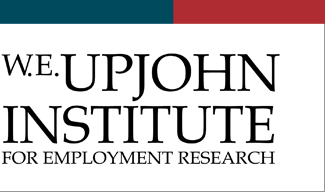Upjohn Author ORCID Identifier
Publication Date
7-1-2019
Series
Upjohn Institute working paper ; 19-307
**Published Version**
In Journal of Urban Economics 133: 103383
DOI
10.17848/wp19-307
Abstract
Increasing supply is frequently proposed as a solution to rising housing costs. However, there is little evidence on how new market-rate construction—which is typically expensive—affects the market for lower quality housing in the short run. I begin by using address history data to identify 52,000 residents of new multifamily buildings in large cities, their previous address, the current residents of those addresses, and so on. This sequence quickly adds lower-income neighborhoods, suggesting that strong migratory connections link the low-income market to new construction. Next, I combine the address histories with a simulation model to estimate that building 100 new market-rate units leads 45-70 and 17-39 people to move out of below-median and bottom-quintile income tracts, respectively, with almost all of the effect occurring within five years. This suggests that new construction reduces demand and loosens the housing market in low- and middle-income areas, even in the short run.
Issue Date
July 2019
Subject Areas
ECONOMIC DEVELOPMENT; Regional policy and planning; Urban issues
Get in touch with the expert
Want to arrange to discuss this work with the author(s)? Contact our .
Included in
Citation
Mast, Evan. 2019. "The Effect of New Market-Rate Housing Construction on the Low-Income Housing Market." Upjohn Institute Working Paper 19-307. Kalamazoo, MI: W.E. Upjohn Institute for Employment Research. https://doi.org/10.17848/wp19-307

